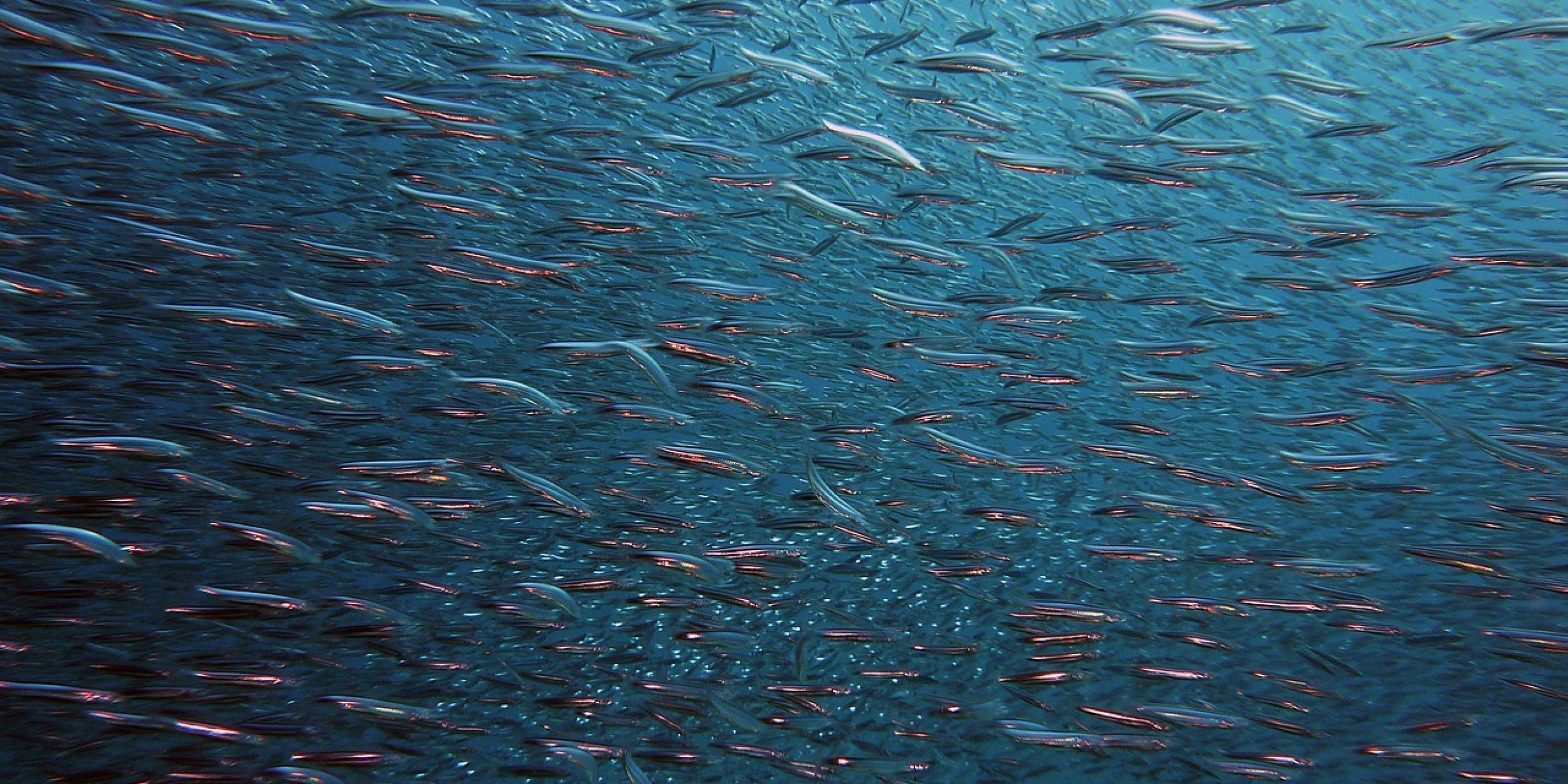In new research on marine habitat prediction, scientists supported by the Climate Program Office’s Modeling, Analysis, Predictions, and Projections (MAPP) Program evaluate how different species respond to ocean dynamics in a changing climate. Zhoumin Chen of the University of Connecticut worked with MAPP-supported scientists Samantha Siedlecki, Matthew Long, and Colleen Petrik to improve the predictability of habitat shifts in the upper 600 meters of the ocean over interannual to decadal timescales. MAPP funded this project to work toward incorporating fish catch, fish distributions, and food web structure into the NOAA Geophysical Fluid Dynamics Laboratory and National Center for Atmospheric Research Earth-system models.
The results, published in Nature Communications, show that oxygen plays a critical role, alongside temperature, in determining habitat viability, particularly in regions with strong climatic variability. The enhanced predictability demonstrated in this work enables better estimation of viable habitats and corresponding changes in marine ecosystems, informing management strategies and resource allocation. The study underscores the need for higher-resolution models and reliable oxygen observations to further refine habitat forecasts and verify prediction skills, emphasizing the ongoing challenges and opportunities in predicting and managing marine ecosystems amidst climate change.
Read the University of Connecticut story »
For more information, contact Clara Deck.
Image credit: Pixabay



